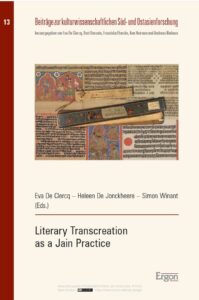 New open-access book Literary transcreation as a Jain practice, edited by Eva De Clercq (Ghent Centre for Buddhist Studies), Heleen De Jonckheere, and Simon Winant, has been published as Volume 13 in the series Beiträge zur kulturwissenschaftlichen Süd- und Ostasienforschung.
New open-access book Literary transcreation as a Jain practice, edited by Eva De Clercq (Ghent Centre for Buddhist Studies), Heleen De Jonckheere, and Simon Winant, has been published as Volume 13 in the series Beiträge zur kulturwissenschaftlichen Süd- und Ostasienforschung.
This volume developed out of a conference, “Literary Transcreation as a Jain Practice,” originally scheduled for May 2020, but due to the global COVID pandemic, it was postponed to September 2022. The idea for the conference arose from the shared research interests of the conference organisers and this volume’s editors whose work on Jain narrative literature prompted them to ask what conclusions may be drawn from the many creative engagements by Jains with existing literary objects, and how these may contribute to the field of South Asian Studies.
A vast corpus of Jain texts lies unexamined in manuscript libraries, several of them new versions of earlier works. Though the prevalence of literary transcreation in Jain communities is striking, it is by no means a practice exclusive to them. The field of South Asian Studies has increasingly dealt with the creative engagement of authors with an authoritative literary object. Although these studies have brought to the fore important conclusions, the Jains as a literary community have remained absent from these discussions. This volume addresses this gap, highlighting the influential role of Jain authors in the multilingual literary world of South Asia.
Citation
De Clercq, Eva, Heleen De Jonckheere, and Simon Winant, eds. 2025. “Literary Transcreation as a Jain Practice.” Baden-Baden: Ergon. https://doi.org/10.5771/9783987401602.
Table of Content
Heleen De Jonckheere
Introduction: Jain Transcreations and the Creativity of Similarity …………… 9
Mary and John Brockington
All Things to all Men — and Women: Rāma transcreated …………… 25
Eva De Clercq
“Life of Padma” Times Three: Telling the same Story in Prakrit, Sanskrit, and Apabhramsha …………… 51
Gregory M. Clines
Heroism or Detachment: Reading Hastimalla’s Añjanāpavanañjaya …………… 77
Basile Leclère
Kumārapāla’s Wedding with Fair-Compassion: An Allegorical Story retold from Drama to Narratives …………… 95
Simon Winant
The Auspicious Dreams of Kuntī and Mādrī in Devaprabhasūri’s Pāṇḍavacarita: Turning the Pāṇḍavas into Quasi-Mahāpuruṣas? …………… 119
Neha Tiwari
A City of Two Tales: Structure of Causality in Jain and Hindu Accounts of the Destruction of Dvārakā and the Death of Kṛṣṇa …………… 143
Shubha Shanthamurthy
A Case Study in Jaina Transcreation: Jalakrīḍā in the Nēmi Narratives …………… 175
Anna Aurelia Esposito
The Story of King Yaśōdhara – Processes of Transformation …………… 209
Anil Mundra
Repudiation, Reinvention, and Reconciliation: Ātmārām and Haribhadrasūri’s other Readers on other Gods …………… 227
John E. Cort
Translation as Commentary and Commentary as Translation in Jain Literary Practice …………… 245
Cover Image References …………… 277
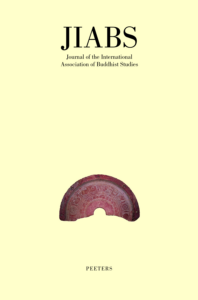 Articles from two GCBS researchers have just been published in the
Articles from two GCBS researchers have just been published in the 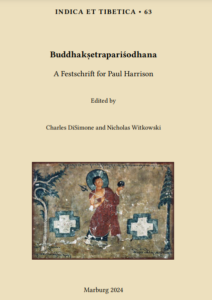 New Book Announcement:
New Book Announcement: 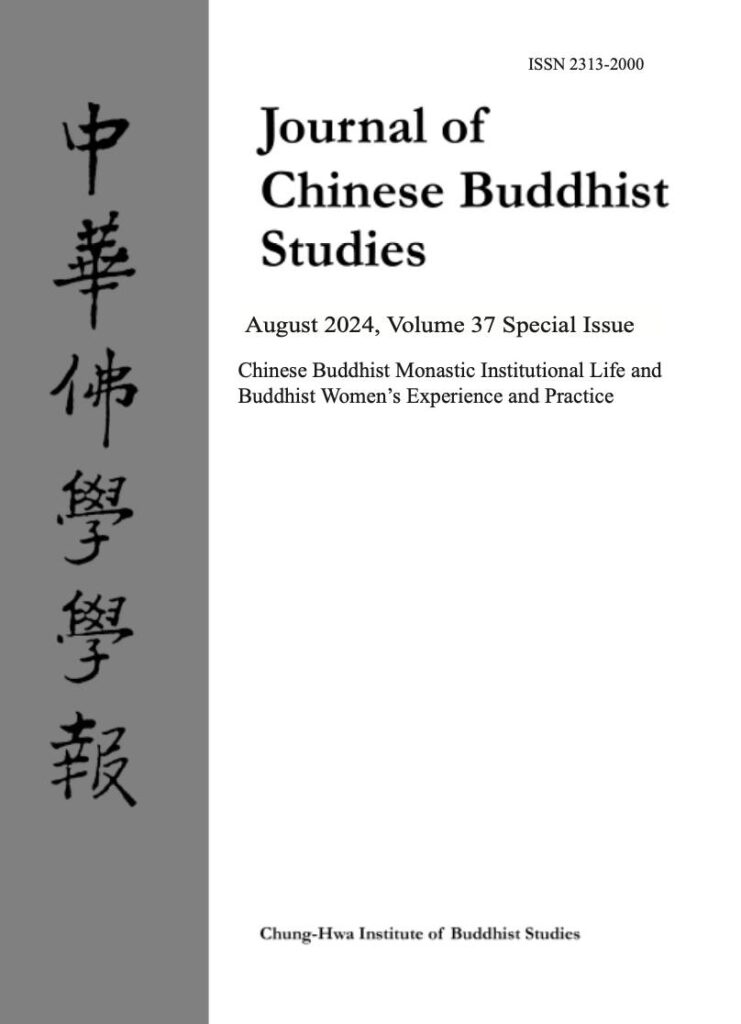
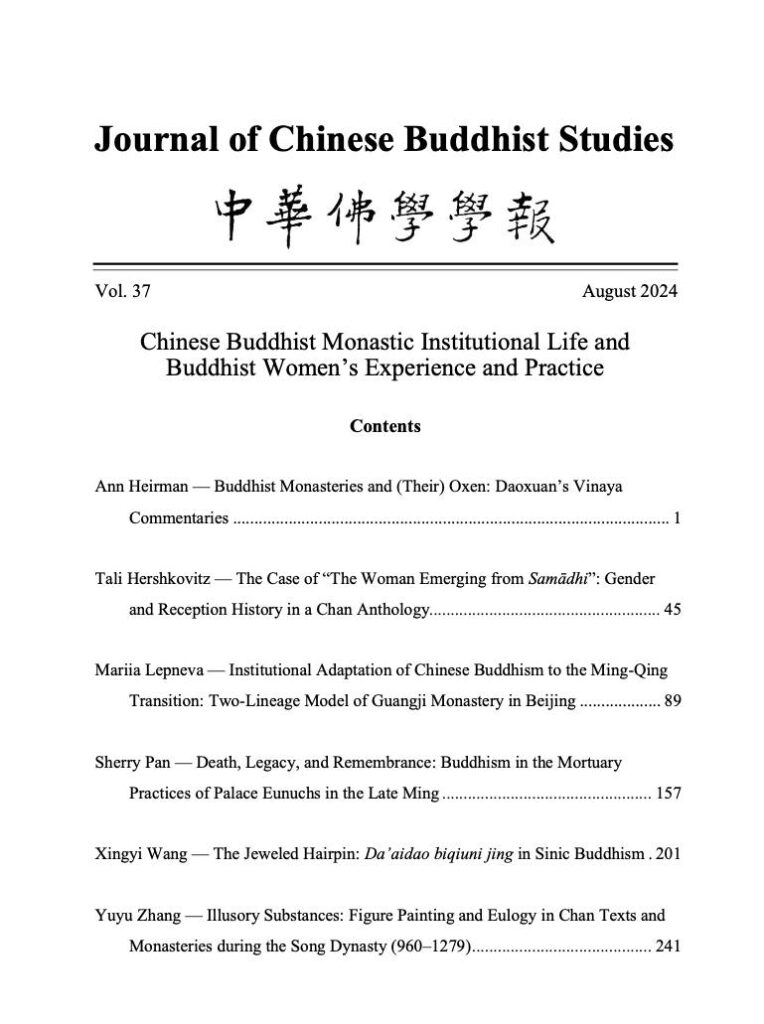
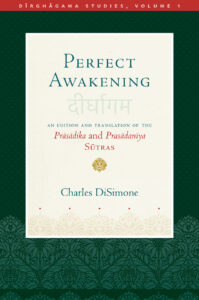 The Long Discourses, or
The Long Discourses, or 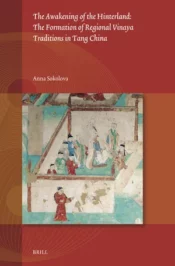
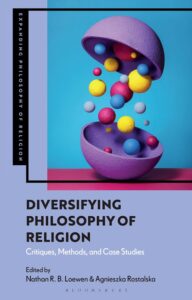 Much philosophical thinking about religion in the Anglophone world has been hampered by the constraints of Eurocentrism, colonialism and orientalism. Addressing such limitations head-on, this exciting collection develops models for exploring global diversity in order to bring philosophical studies of religion into the globalized 21st century.
Much philosophical thinking about religion in the Anglophone world has been hampered by the constraints of Eurocentrism, colonialism and orientalism. Addressing such limitations head-on, this exciting collection develops models for exploring global diversity in order to bring philosophical studies of religion into the globalized 21st century.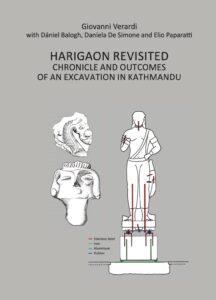 Giovanni Verardi, Dániel Balogh,
Giovanni Verardi, Dániel Balogh, 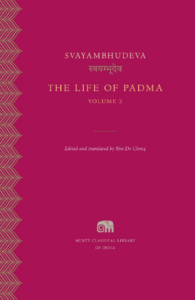
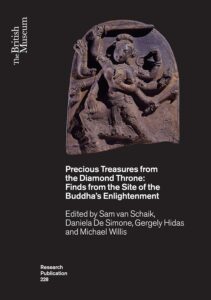 Sam van Schaik,
Sam van Schaik,